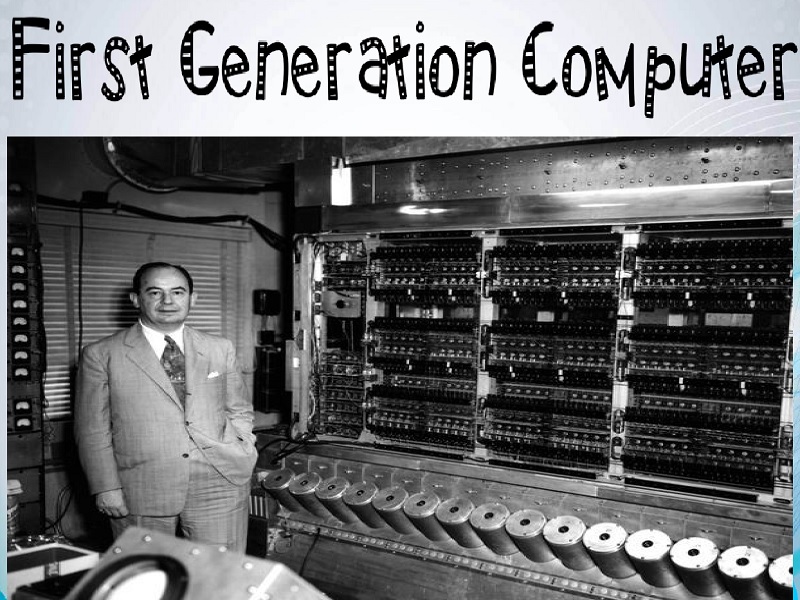Do you know that first generation of computer was based on which technology? If no, then here we have found the answer that will update your technology information.
Recent Released: Fans are angry because the AFL and NRL finals are a mess because of a Ticketek Glitch
The Question: first generation of computer was based on which technology?
Answer: Vaccum Tube
Do you know what is Vaccum Tube and how does it use?
Let’s check out everything about first generation of computer was based on which technology that is Vaccum Tube.
What is Vacuum-tube computer?
A computer that uses vacuum tubes for logic circuitry is now called a “first-generation computer.” Even though they were replaced by transistorised computers of the second generation, vacuum-tube computers were still being made into the 1960s. Most of these computers were one-of-a-kind.
How Vacuum-tube does came into technology world? Who is behind this first generation of computer?
Eccles and Jordan wrote in 1918 about how to use cross-coupled vacuum tube amplifiers to make a train of pulses. This circuit was the basis for the flip-flop, a circuit that can be in either of two states. The flip-flop is the most important part of all electronic binary digital computers.
The first prototype of the Atanasoff–Berry computer was shown in 1939. It is now known as the first vacuum-tube computer. But it wasn’t a general-purpose computer because it could only solve a system of linear equations. It also wasn’t very reliable.
The Colossus computer at Bletchley Park
During World War II, German and Japanese codes were broken with the help of vacuum-tube digital computers like Colossus. The military information that these systems gathered was very important to the war effort of the Allies. Between 1,600 and 2,400 vacuum tubes were used in each Colossus. The machine was kept a secret, and people didn’t find out what it was used for until the 1970s.
During the war, Konrad Zuse also worked on making electromechanical binary computers. During the war, the German military did not put a high priority on computer development. In 1942, a computer circuit with about 100 tubes was made as an experiment, but it was destroyed in an air raid.
In the U.S., work on the ENIAC computer began near the end of the Second World War. In 1945, the machine was done. Even though one of the reasons it was made was to make firing tables for artillery, one of the first things it was used for was to do calculations for the development of a hydrogen bomb. ENIAC was first set up with plugboards and switches instead of a programme that was stored electronically. After the war, a series of lectures were given about how ENIAC was made, and John von Neumann wrote a report called First Draft of a Report on the EDVAC about a likely successor to ENIAC. Both of these were widely read and had an effect on how vacuum-tube computers were made after the war.
The Ferranti Mark 1 from 1951 is thought to be the first commercial computer made with vacuum tubes. The IBM 650 was the first computer that many people could buy (1953).
Replica of the Atanasoff–Berry computer at Iowa State University
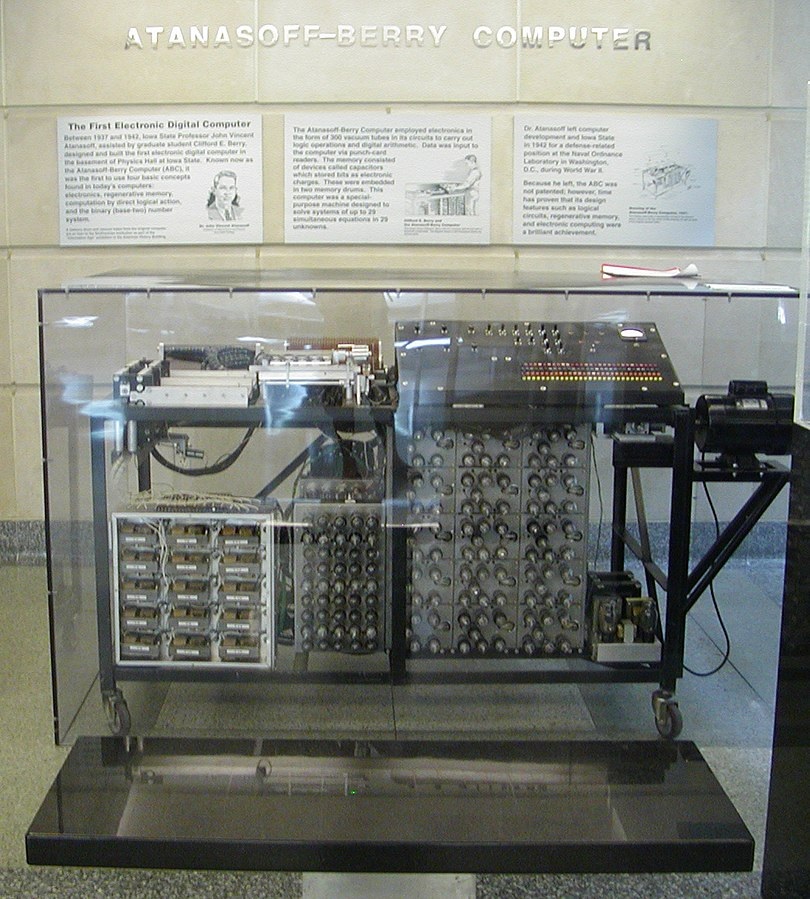
The 1946 ENIAC computer used 17,468 vacuum tubes
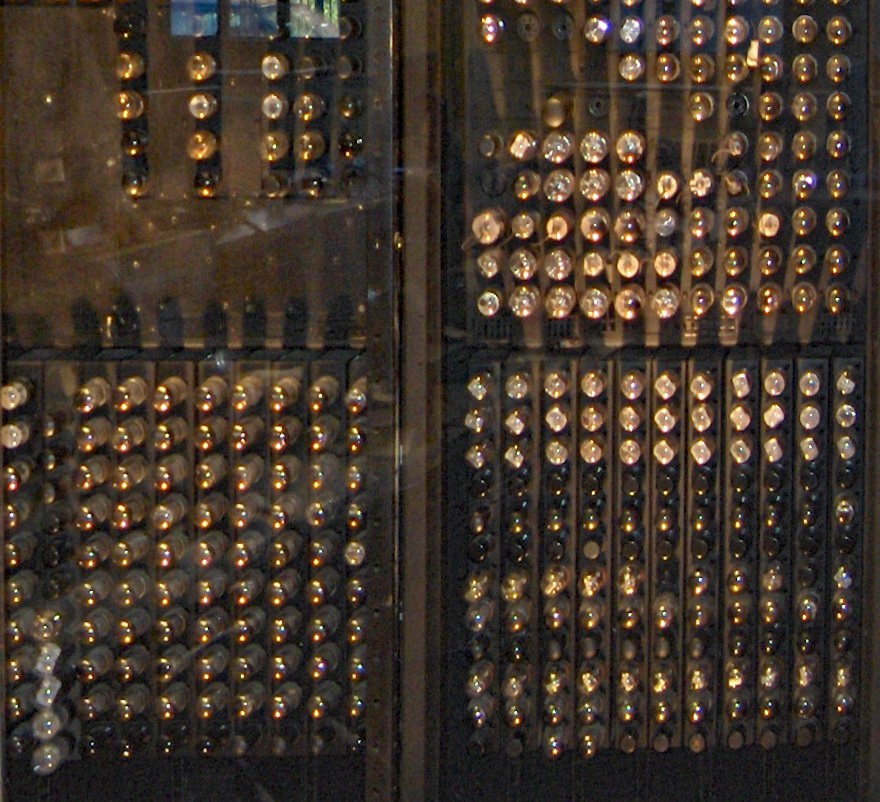
The Colossus computer at Bletchley Park
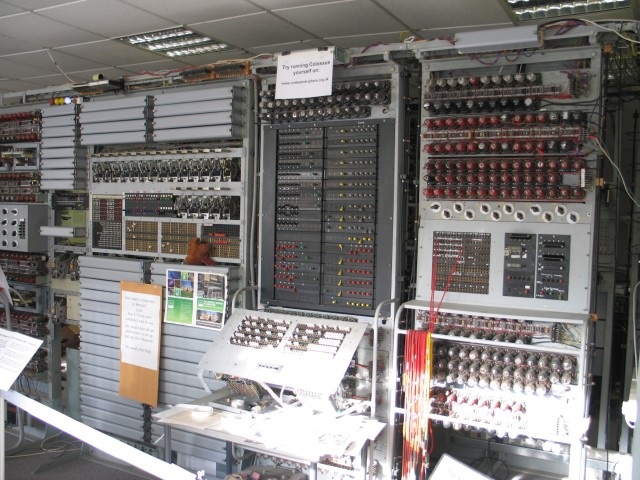
An IBM 650 at Texas A&M University
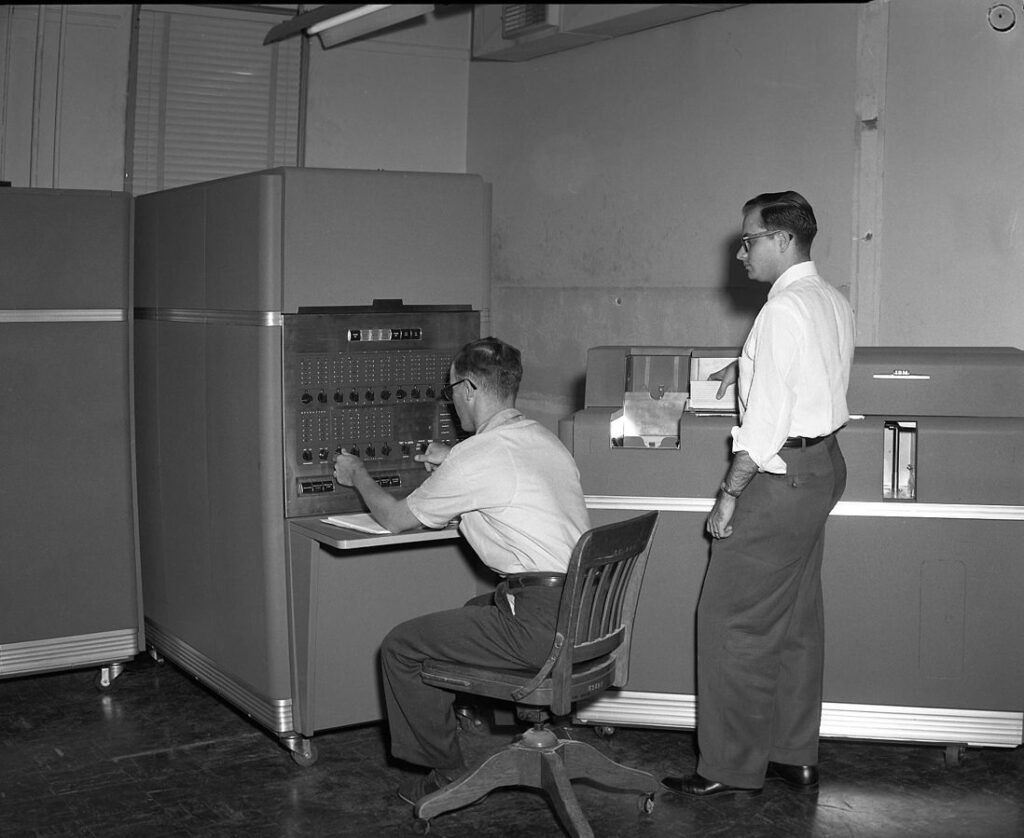
FAQ’s
Q.What was the first generation computer based on?
From 1946 to 1959, the first generation was alive. Vacuum tubes were used as the main memory and CPU parts in the first generation of computers (Central Processing Unit). Like light bulbs, these tubes gave off a lot of heat, and the installations would often blow.
Q.What is the technology used in 1st generation?
Vacuum tubes were used as the main memory and CPU parts in the first generation of computers (Central Processing Unit). Like light bulbs, these tubes gave off a lot of heat, and the installations would often blow.
Q.What generation computer was based on which technology?
This long time period is often divided into three easy-to-understand parts called computer generations: First Generation Computers (1940–1956), Second Generation Computers (1956–1963), and Third Generation Computers (1963–present) (1964-1971)
Q.Was the technology used in first-generation computers?
Vacuum tubes were used to make the circuits, and magnetic drums were used to store information.

